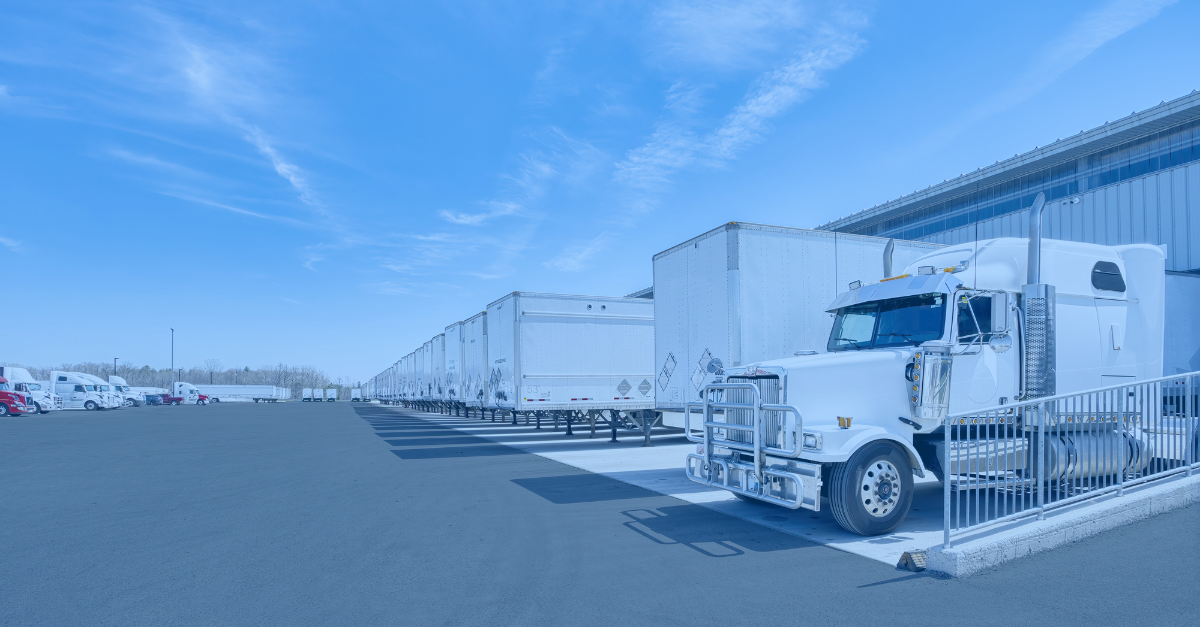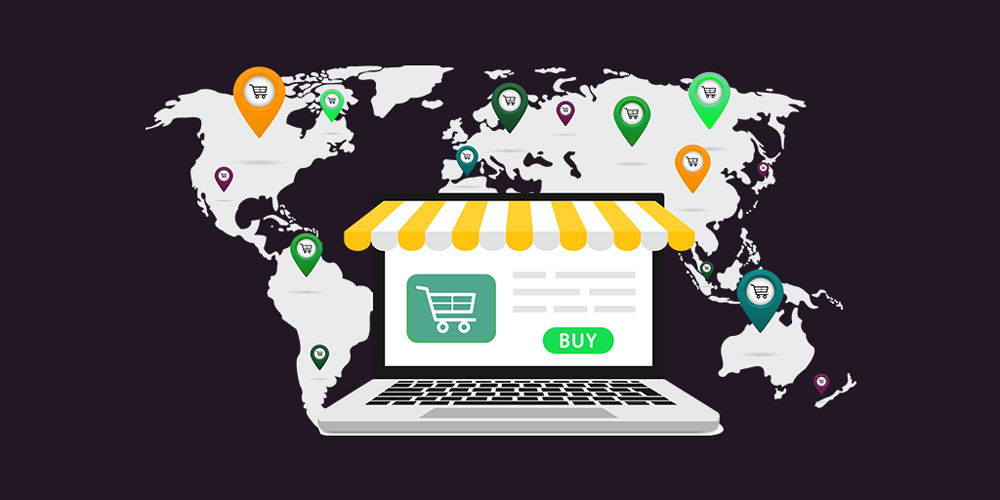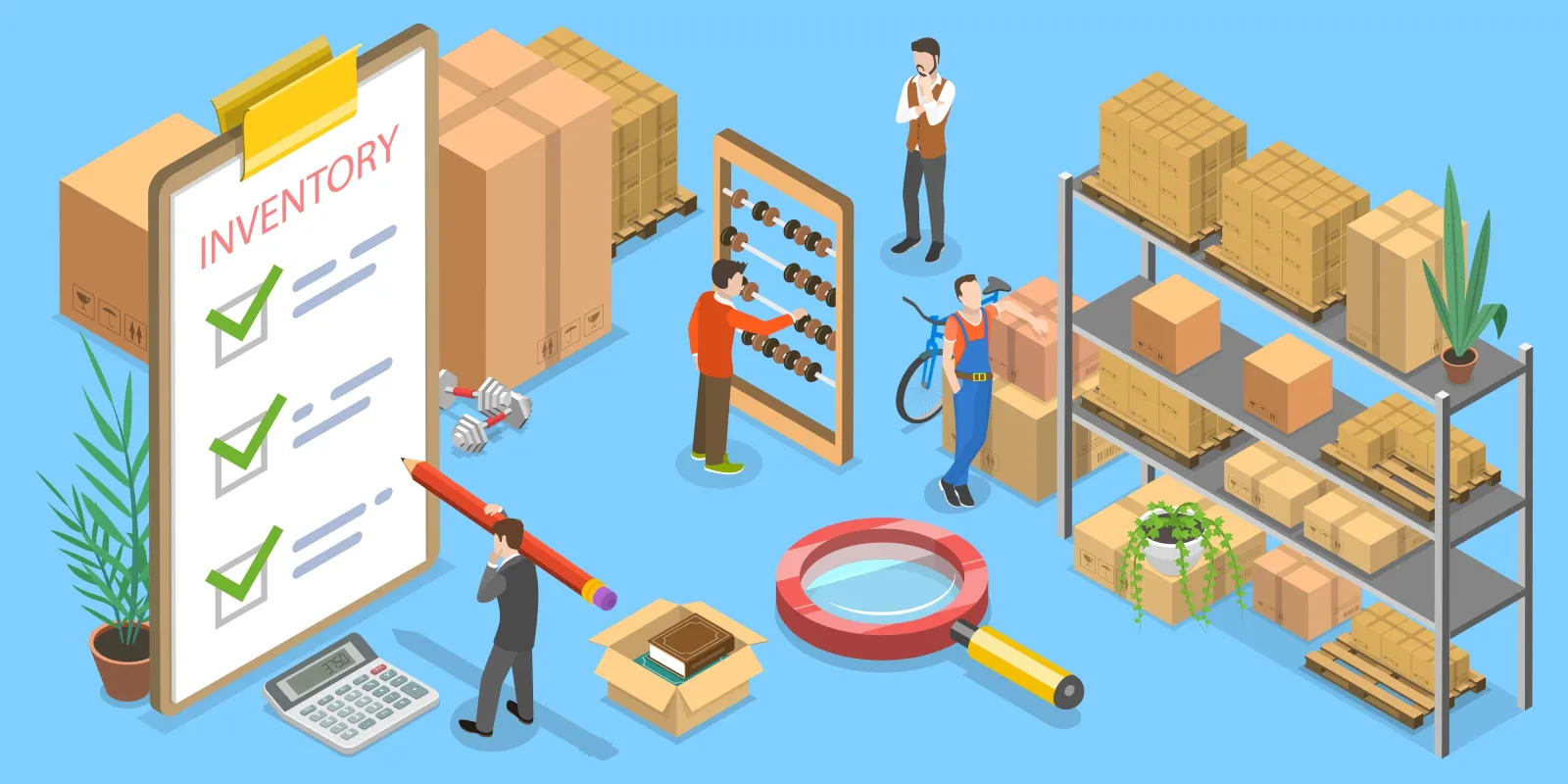Visibilité en temps réel dans la logistique : Pourquoi c'est important
Tous ceux qui font des achats en ligne connaissent la joie de voir apparaître le message "Votre commande est en cours de livraison". Mais souvent, ce message seul ne donne pas une idée claire de l'endroit où se trouve réellement la commande. C'est là que la visibilité en temps réel de la logistique devient essentielle. Les clients d'aujourd'hui veulent savoir exactement où se trouve leur colis à chaque instant, et les entreprises l'ont compris.
Nous avons parcouru un long chemin depuis l'envoi d'une simple mise à jour. Dans le passé, il était presque impossible de suivre l'emplacement exact d'une livraison. Les entreprises devaient s'appuyer sur une coordination manuelle et une communication constante avec différentes équipes, ce qui prenait du temps et coûtait cher. Aujourd'hui, grâce aux outils numériques et aux logiciels avancés, les entreprises peuvent suivre les activités de livraison en direct, en un seul endroit, et tenir toutes les personnes concernées informées.
Qu'est-ce que la visibilité en temps réel ?
La visibilité en temps réel signifie que l'on dispose de mises à jour en direct qui indiquent l'emplacement exact et le mouvement des marchandises à tout moment. Cela permet de savoir ce qui se passe, quelles sont les conditions et s'il y a des problèmes. Grâce à ces informations, les problèmes peuvent être identifiés et résolus sur place, ce qui permet d'économiser du temps et de l'argent.
Qu'est-ce que la visibilité du transport en temps réel dans la chaîne d'approvisionnement et la logistique ?
La visibilité du transport en temps réel fait référence au suivi du mouvement des marchandises depuis les fournisseurs, les fabricants et les entrepôts jusqu'au client final, le tout en temps réel.
Ce système utilise le GPS et des logiciels avancés pour aider les entreprises à planifier, programmer et superviser chaque étape du processus de livraison. Les équipes logistiques ont accès à des données telles que l'état des commandes, la disponibilité des matières premières, le suivi des expéditions et les détails relatifs à la conformité. Ce niveau de contrôle permet aux entreprises d'améliorer leurs performances, de renforcer la satisfaction des clients, de réduire les coûts et de rester compétitives.
Les défis posés par l'absence de visibilité en temps réel sur les transports
Les entreprises qui n'ont pas adopté d'outils de visibilité en temps réel sont confrontées à plusieurs problèmes. Sans la possibilité de suivre de près les livraisons, elles prennent du retard sur leurs concurrents et sont confrontées à des inefficacités dans l'ensemble de leurs opérations.
1. Le désabonnement des clients
Le taux d'attrition se produit lorsque les clients cessent d'acheter auprès d'une entreprise. Il s'agit d'une mesure clé de la fidélité des clients. L'absence de mises à jour en temps réel peut entraîner une perte de confiance de la part des clients, d'autant plus que les acheteurs d'aujourd'hui s'attendent à une transparence totale et à des livraisons en temps voulu. Si les entreprises ne parviennent pas à répondre à ces attentes, les clients risquent d'aller voir ailleurs.
2. Des indicateurs de performance de livraison imprécis
La visibilité en temps réel facilite la planification des livraisons, l'affectation des ressources et le suivi des performances. Sans elle, il est plus difficile de mesurer les performances des livraisons. Les erreurs de planification et de suivi entraînent un gaspillage des ressources et une perte de revenus. Il est également difficile d'évaluer les partenaires logistiques tiers (3PL), de suivre les retards et d'appliquer les accords de niveau de service.
3. Retard de livraison
De nombreuses personnes sont impliquées dans la chaîne d'approvisionnement. Sans suivi en temps réel, la communication est rompue et il devient difficile de localiser les expéditions ou de répondre aux problèmes. En l'absence de mises à jour précises sur la localisation, le comportement des chauffeurs ou les heures d'arrivée prévues, les commandes sont retardées, ce qui nuit à la fiabilité de la marque et incite les clients à se tourner vers la concurrence.
4. Des coûts de fonctionnement plus élevés
Une mauvaise visibilité est synonyme d'occasions manquées d'éviter les gaspillages. Il est plus difficile de réduire les coûts de carburant, d'éviter les marchandises endommagées ou d'identifier les itinéraires inefficaces. La visibilité en temps réel aide les responsables à trouver les meilleurs itinéraires, à suivre les mouvements des conducteurs et à détecter tout problème en cours de route. Sans elle, les entreprises sont confrontées au vol, aux retards et à des coûts logistiques plus élevés.
5. Augmentation des risques liés au transport
Le transport maritime comporte des risques, en particulier dans les régions où les infrastructures sont insuffisantes. Le trafic intense, le vol, les marchandises endommagées et même la sécurité des conducteurs sont des préoccupations courantes. Sans mise à jour en temps réel de l'état des routes ou de la progression des livraisons, les risques augmentent. Il en résulte davantage de pertes, des livraisons plus lentes et une plus grande incertitude.
Les 4 principaux avantages de la visibilité en temps réel sur les transports
La visibilité de la chaîne d'approvisionnement est désormais essentielle au bon déroulement des opérations logistiques. Voici comment le suivi en temps réel profite aux entreprises :
1. Économies de coûts
La plupart des entreprises cherchent à réduire leurs coûts d'exploitation. La visibilité en temps réel permet d'obtenir des informations précises tout au long du processus de livraison. Grâce à de meilleures données sur les stocks, le trafic et les conditions de livraison, les responsables peuvent réagir rapidement, éviter les retards et réduire les erreurs. Elle permet également d'optimiser les itinéraires et d'éliminer les arrêts inutiles, ce qui réduit la consommation de carburant et améliore l'efficacité.
2. Une meilleure expérience client
Les clients sont à l'affût des nouvelles technologies et s'attendent à des livraisons rapides et précises. La visibilité en temps réel permet aux entreprises d'envoyer des mises à jour en direct, de s'adapter aux changements de dernière minute et de répondre aux attentes en matière de livraison. Cela permet d'instaurer la confiance et de se démarquer sur un marché concurrentiel. Elle permet également d'avoir des préférences de livraison flexibles et une communication en temps réel.
3. Diminution des risques
Lorsque les entreprises ont une vue d'ensemble de chaque étape du processus de livraison, elles peuvent réduire les risques tels que les retards, les vols ou un service de mauvaise qualité. Grâce à des outils prédictifs, elles peuvent même prévenir les problèmes avant qu'ils ne surviennent. Cela se traduit par une plus grande fiabilité, des performances accrues et des bénéfices plus importants au fil du temps.
4. Une conformité réglementaire facilitée
Le respect des règles gouvernementales est essentiel pour toute opération logistique. Les entreprises doivent respecter les lois sur la sécurité routière, les politiques environnementales et les réglementations commerciales, en particulier pour les expéditions internationales.
Un système de visibilité en temps réel permet de garantir la conformité. Il fournit des données actualisées, alerte les équipes en cas d'infractions potentielles et favorise une meilleure prise de décision afin d'éviter les amendes ou les retards. Les entreprises peuvent également utiliser ces données pour se préparer aux changements de réglementation et s'adapter rapidement.
Aujourd'hui, les entreprises qui réussissent utilisent les données pour guider leurs décisions. La visibilité en temps réel sur les transports donne les informations nécessaires pour faire des choix intelligents et éclairés qui s'alignent sur les objectifs à long terme.
Aperçu de l'industrie
nouvelles via la boîte de réception
Nulla turp dis cursus. Integer liberos euismod pretium faucibua









[La visibilité logistique est passée d'une fonction à valeur ajoutée à une capacité critique dans l'environnement de la chaîne d'approvisionnement mondiale d'aujourd'hui. Qu'il s'agisse d'expédier des marchandises d'un continent à l'autre ou de gérer la livraison du dernier kilomètre dans votre ville, la capacité de voir, de comprendre et de réagir à chaque étape du parcours logistique est devenue essentielle. [...]